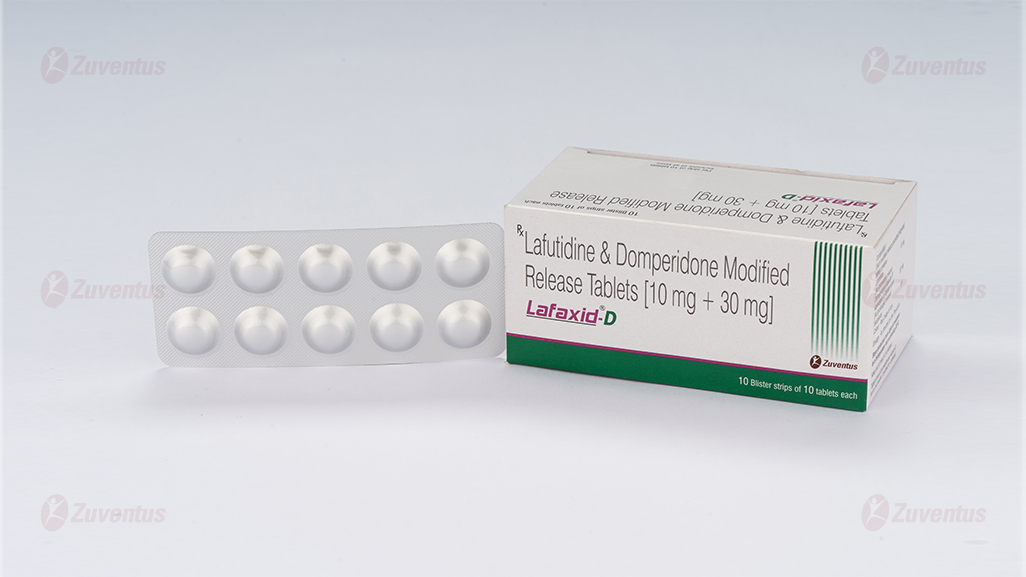An open-label, randomized, cross-over bioequivalence study of lafutidine 10 mg under fasting condition

Abstract
AIM: To assess the relative bioavailability and pharma- cokinetic properties of two formulations (test and refer- ence) of Lafutidine 10 mg.
METHODS: The study was performed as an open label, randomized, two-way, two-period, two-treatment, single dose cross-over bioequivalence study, under non-fed condition to compare the pharmacokinetic profiles of the lafutidine formulation manufactured by Emcure Pharma- ceuticals Ltd., India using an indigenously developed ac- tive pharmaceutical ingredient (API) and the commercial- ly available Stogra® formulation, of UCB Japan Co., Ltd., Japan. The two treatments were separated by a wash- out period of 5 d. After an overnight fasting period of 10 h, the subjects were administered either the test or the reference medication as per the randomization schedule. Blood samples were collected at intervals up to 24 h, as per the approved protocol. Concentrations of lafutidine in plasma were analyzed by a validated liquid chromatog- raphy/tandem mass spectrometry (LC/MS/MS) method, and a non-compartmental model was used for pharma- cokinetic analysis. The pharmacokinetic parameters were subjected to a 4-way ANOVA accounting for sequence, subjects, period and treatment. Statistical significance was evaluated at 95% confidence level (P ≥ 0.05).
RESULTS: The mean (± SD) values of the pharmacoki- netic parameters (test vs reference) were Cmax (265.15 ± 49.84 ng/mL vs 246.79 ± 29.30 ng/mL, P < 0.05), Area under the curve (AUC)(0-t) (1033.13 ± 298.74 ng.h/mL vs 952.93 ± 244.07 ng.h/mL, P < 0.05), AUC(0-∞) (1047.61 ± 301.22 ng.h/mL vs 964.21 ± 246.45 ng.h/mL, P < 0.05), and t1⁄2(1.92 ± 0.94 h vs 2.05 ± 1.01 h, P < 0.05). The 90% confidence intervals (CI) for the test/reference ratio of mean Cmax, AUC(0-t), and AUC(0-∞) were within the acceptable range of 80.00 to 125.00. The mean times (± SD) to attain maximal plasma concentration (tmax) of lafutidine were 0.95 ± 0.24 h vs 1.01 ± 0.29 h (P < 0.05) for the test and the reference formulations respectively. Both the formulations were well tolerated.
CONCLUSION: In summary, this study has demon- strated the bioequivalence of the two formulations of lafutidine 10 mg. Hence it can be concluded that the two formulations can be used interchangeably in clinical set- tings.
Dewan B, Chimata R. An open-label, randomized, cross-over bioequivalence study of lafutidine 10 mg under fasting condition. World Journal of Gastrointestinal Pharmacology and Therapeutics. 2010;1(5):112-118.

